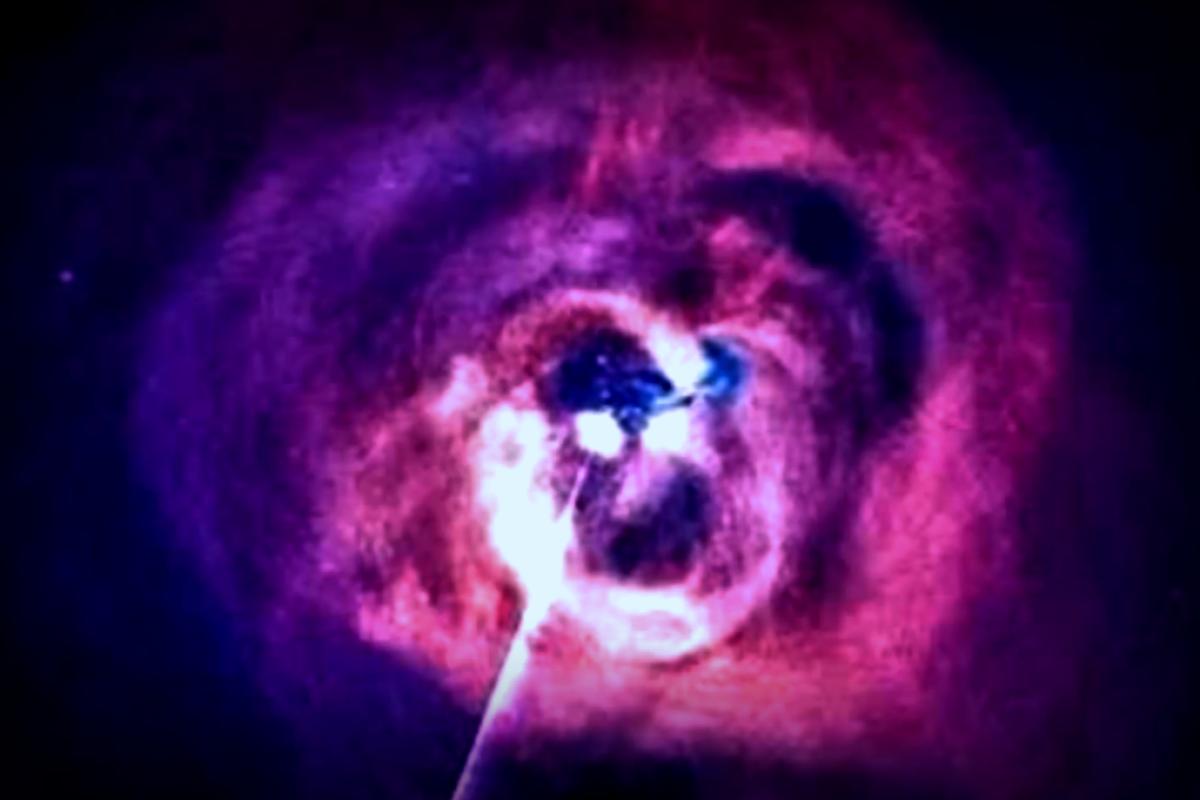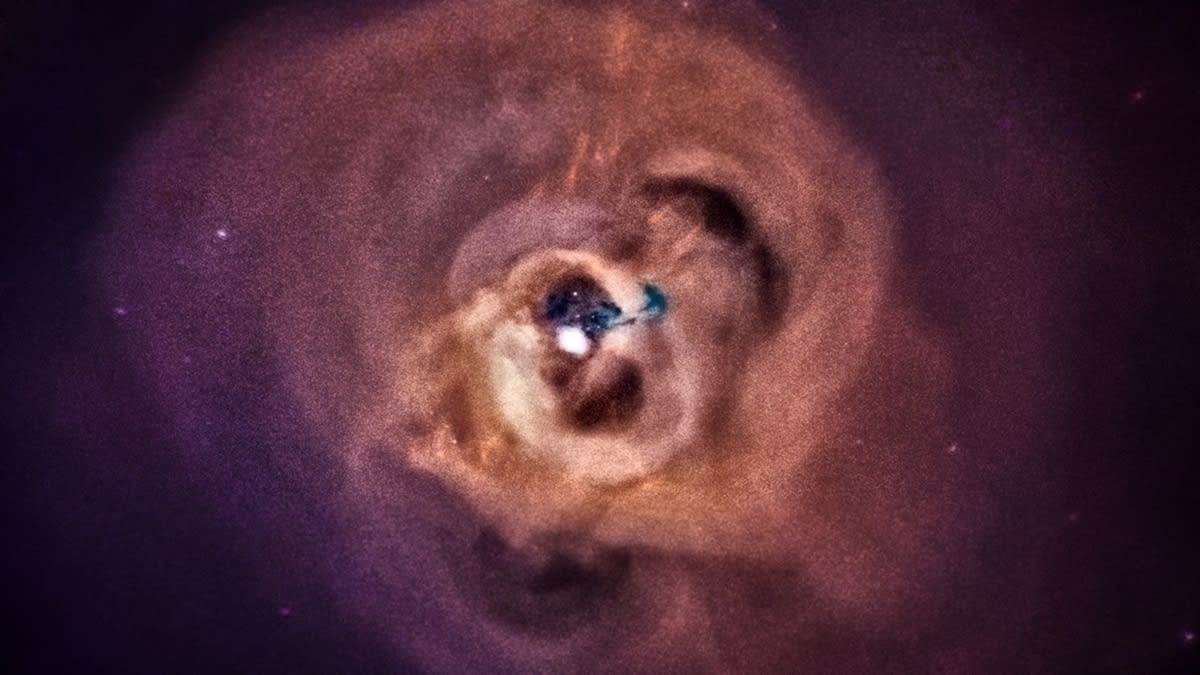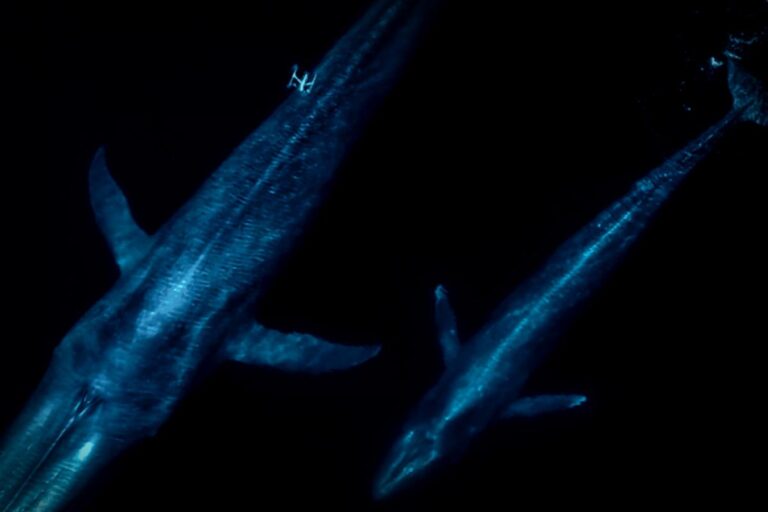Hey, have you heard about NASA’s latest creepy audio clip? It gives us a taste of the sound from a supermassive black hole! Well, it’s a heavily modified version, but still pretty cool. The recording comes from the Perseus galaxy cluster, located around 250 million light-years away, and it reveals some fascinating aspects of sound in the depths of space. The initial discovery of these sound waves came out in The Astrophysical Journal after scientists analyzed data from the Chandra X-ray Observatory.
While the sound may seem eerily new to us, it’s actually been around — we just couldn’t hear it until now. Space is often thought to be silent, but NASA’s new sonification project is breaking that myth, showing that under the right conditions, we can indeed catch a glimpse of cosmic sounds. Researchers used actual sound data collected by Chandra to translate inaudible vibrations into a deep, chilling moan.
Dark Whispers from the Abyss
This audio snippet comes from pressure waves that move through the heated gas enveloping the central black hole of the Perseus cluster. These waves were initially discovered almost twenty years ago by astronomers tracking rhythmic pulsations in X-ray emissions. ScienceAlert mentions that these waves really create sound — just not one we can hear naturally. The lowest frequency among them is a B-flat, resting an astounding 57 octaves below middle C. To put it into perspective, it takes 10 million years for that single sound wave to complete an oscillation.
What makes this all possible is the medium. Sound can’t travel through a vacuum — and most of space is pretty empty. However, in galaxy clusters packed with plasma and gas, sound waves can travel. As NASA described on their @Exoplanets Twitter account, “a galaxy cluster has so much gas that we’ve captured actual sound.”
From Numbers to Noise: The Sonification Process
So, how did they turn these space vibrations into something our ears can pick up? NASA’s team used a technique called sonification to elevate the original frequencies by dozens of octaves. They shifted these waves up by 57 and 58 octaves, leading to a frequency increase of 144 and 288 quadrillion times. The end result? A sound that feels more like it belongs in a sci-fi movie than in a space lab — think ghostly howling Alice In Wonderland might chase you through! This sound was adjusted to make it seem like it’s emanating outward from the center of the black hole.
This technique is part of a larger initiative to make complex space data easier to understand. Previously, NASA used a similar approach for the first black hole imaged: M87, although there, they derived audio from light instead of pressure waves.
Listening to the Heat of the Cosmos
Beyond just sending shivers down your spine, this audio highlights significant cosmic processes taking place in distant space. It’s all about the intracluster medium — that fiery gas sizzling between galaxies in a cluster. These sound waves actually transport energy as they travel through sound, heating up the plasma in their wake. Experts believe this heat can influence star formation and potentially alter how entire clusters of galaxies expand over time.
This phenomenon also aids scientists in examining how energy moves within these clusters, affecting everything — from gas density to star production rate.
The key to making such invaluable research possible is Chandra’s precise observational capabilities. The hot gas emits intense X-rays due to its extreme temperature, which was pivotal in detecting these sound waves in the first place. This paved the way for the sonification project, allowing us to hear some of the Universe’s whispers and feel a stronger connection to the cosmos.





















